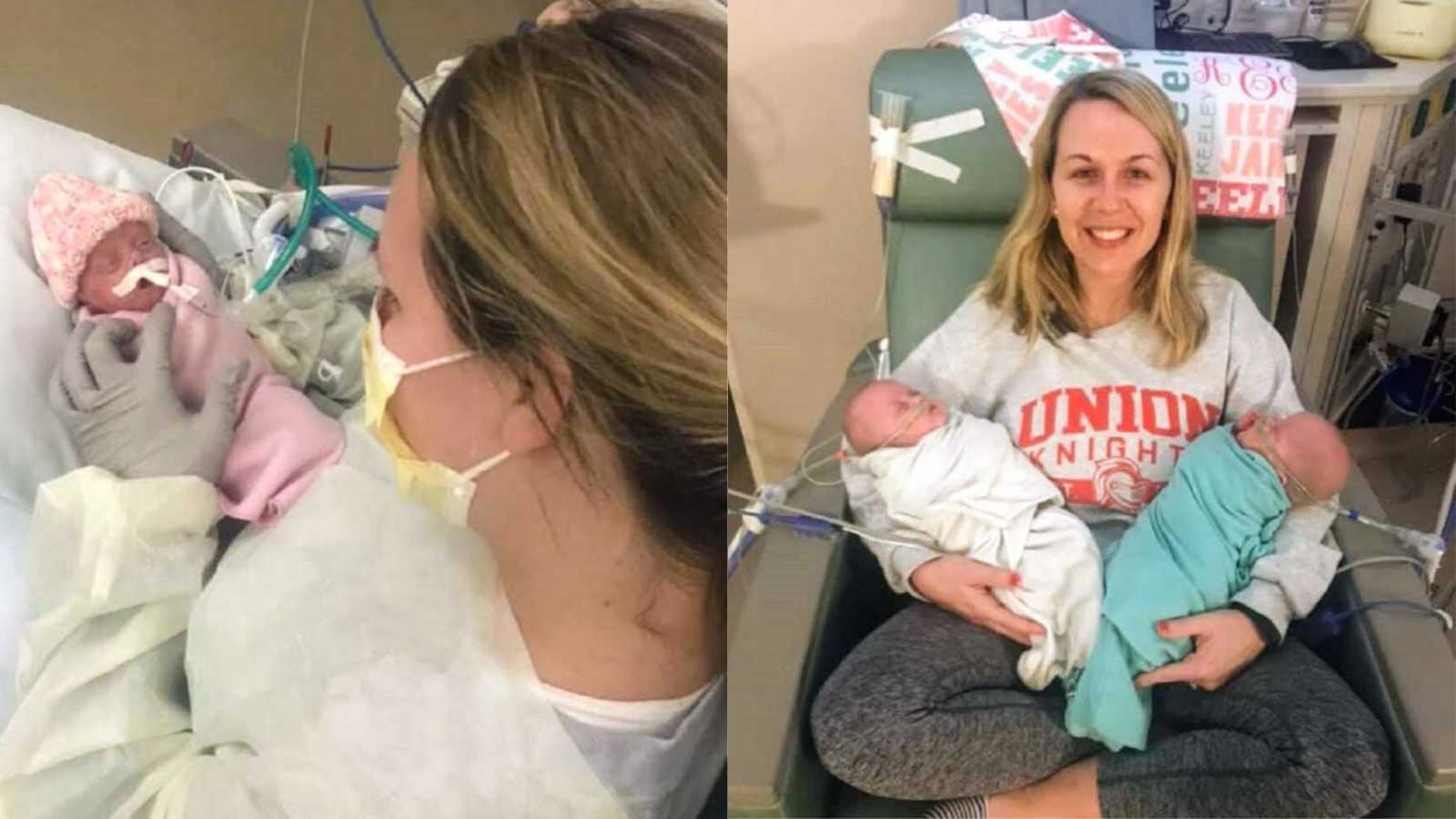“We found out very early on. Seven weeks into the pregnancy, the doctor looked at the sonogram and said, ‘Twins!’ But that’s not all. The doctor also noticed our girls-to-be were Mo-Di, meaning they were going to share a placenta but not an amniotic sac. ‘This is going to be a very high-risk pregnancy,’ I was told. They were also at risk of Twin to Twin Transfusion Syndrome (TTTS), a rare, serious condition where abnormal blood vessel connections form in the placenta, disallowing even blood flow between babies.
We were immediately referred to a high-risk OB and a hospital with a Level 4 NICU. We made plans to deliver there when the time came. When we met with the OB, my girls were officially diagnosed with TTTS. By this point, we were 16 weeks pregnant. There was nothing that went through our heads as far as making the decision to intervene, other than we would do it if needed.
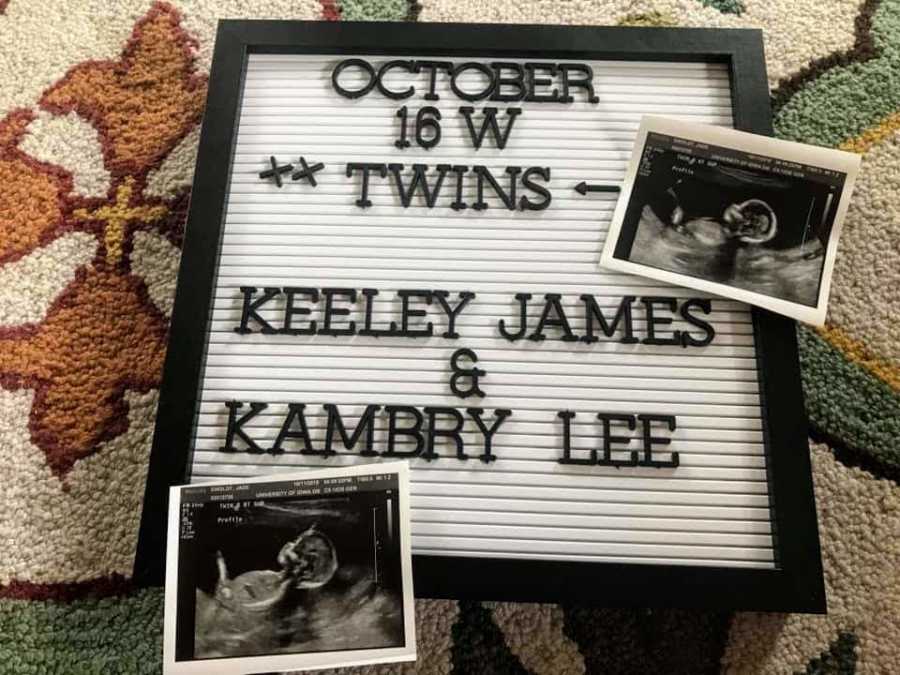
We were presented with two options right away. The first was to travel to see IF we were a candidate to intervene. The second was to let the TTTS run its course. I was informed, ‘This could take the lives of your girls.’ After this, there wasn’t even a second in the thought process. It was a decision made immediately. We would do everything possible to fight, to save my girls. It was gut wrenching to get this news.
I remember crying as soon as I saw the tech’s face. It was pale and she looked like she could throw up. She even said out loud that she felt sick. The tears we cried over the next few weeks were endless. It was lonely, scary, depressing. The only thing we could think of was, ‘What other choice do we have?’
So, we were referred to Cincinnati Children’s Hospital where we met with the Cincinnati Fetal Center to monitor the pregnancy. The only way to treat the TTTS was by Fetoscopic Laser surgery. Doctors would have to go in through a scope into Twin A’s (Keeley’s) sac to pull fluid out and seal the connecting vessels between the twins to stop the abnormal blood flow from the donor twin to the recipient twin.
At the time, the TTTS diagnosis was Stage 2 (there are 5 stages). The girls weren’t in as critical condition when we were first evaluated at 17 weeks, so the hospital in Cincinnati sent us home to come back the following week. The doctor there only likes to do surgery when it’s most critical because it puts mothers at risk of going into preterm labor within 10 weeks or sooner of the surgery.
When we came back the following week, the girls had enough discordance in weight and progression of the TTTS that it could have potentially caused heart failure. Without intervention, it would have killed both of the girls. At this point, we were sure it was time to intervene. We were 18 weeks and 4 days along.
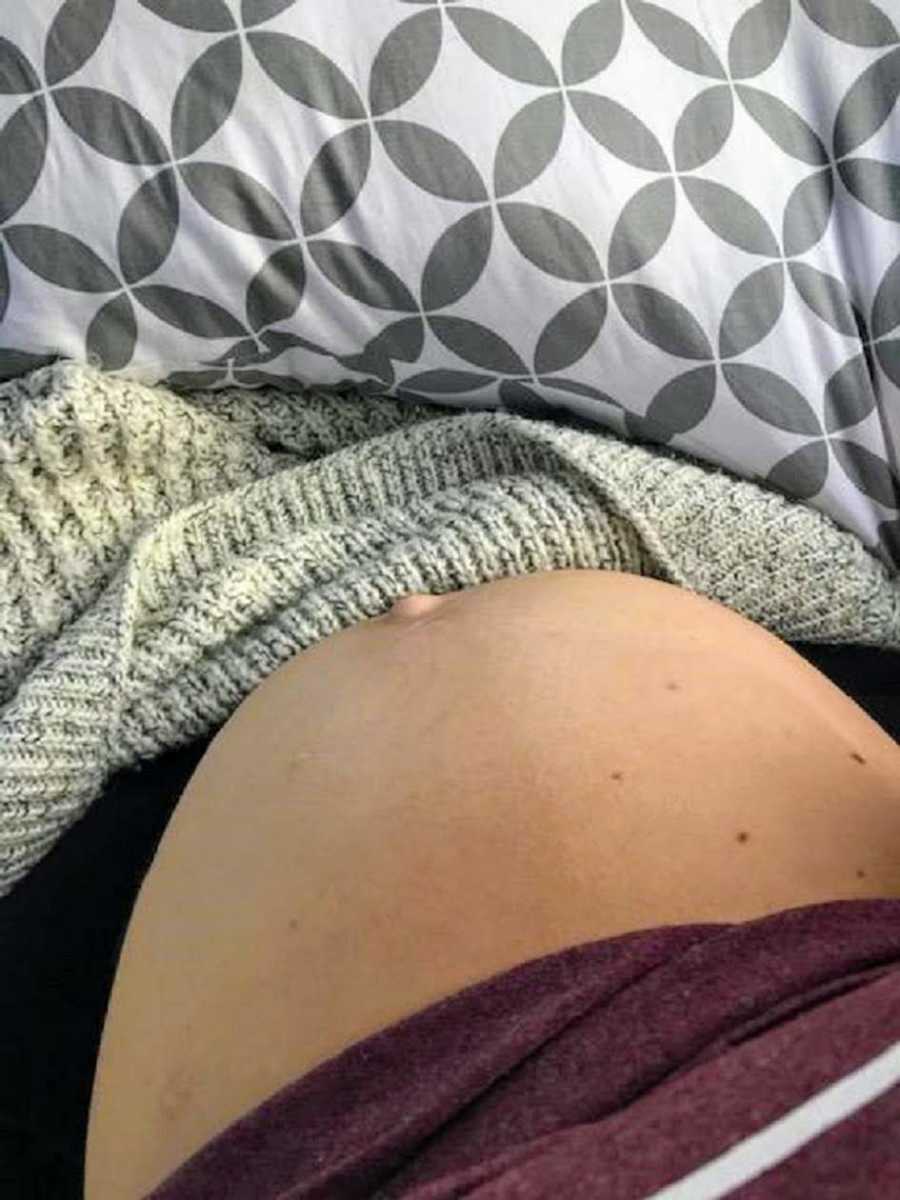
Heading into the operating room, I was crying on the inside, panicked and scared. I was awake during the procedure and under general anesthesia. I could hear everything going on. Then, in a sleepy daze, I vividly remember hearing the team say, ‘We’re done, it worked. There’s one heart beat and here’s the other. Jade, you did it!’ Coming out of the operating room with a successful procedure made it all worth it.
As the days went on, we were still very scared. Even though the procedure was successful, the days and the girls’ lives were still not guaranteed. Following the procedure, we stayed in Cincinnati for a week per the doctor’s orders. After the week ended, I was sent home to finish out my pregnancy on moderate bed rest.
But I soon found myself back in the hospital over concerns of abnormal discharge and feeling off. I was checked and the doctor was suspicious of Chorioamnonitis, which is caused by many things including surgery. He was suspicious, but it didn’t appear there was a confirmation or reason to believe I was in labor or had any infection.
By that Friday, we were 22 weeks pregnant. Something we had continuously prayed for. It meant we were one more week away from the girls being healthy. At this point in time, there was still only a 10% chance of our twins surviving. But that very night, my water broke at home and we were told by the Cincinnati Fetal Center, ‘there is now zero chance of survival.’ We were also told that if the twins could make it to birth at 28 weeks, they would have a very high chance of having complications.
On November 24, 2018, the girls were born at 22 weeks.
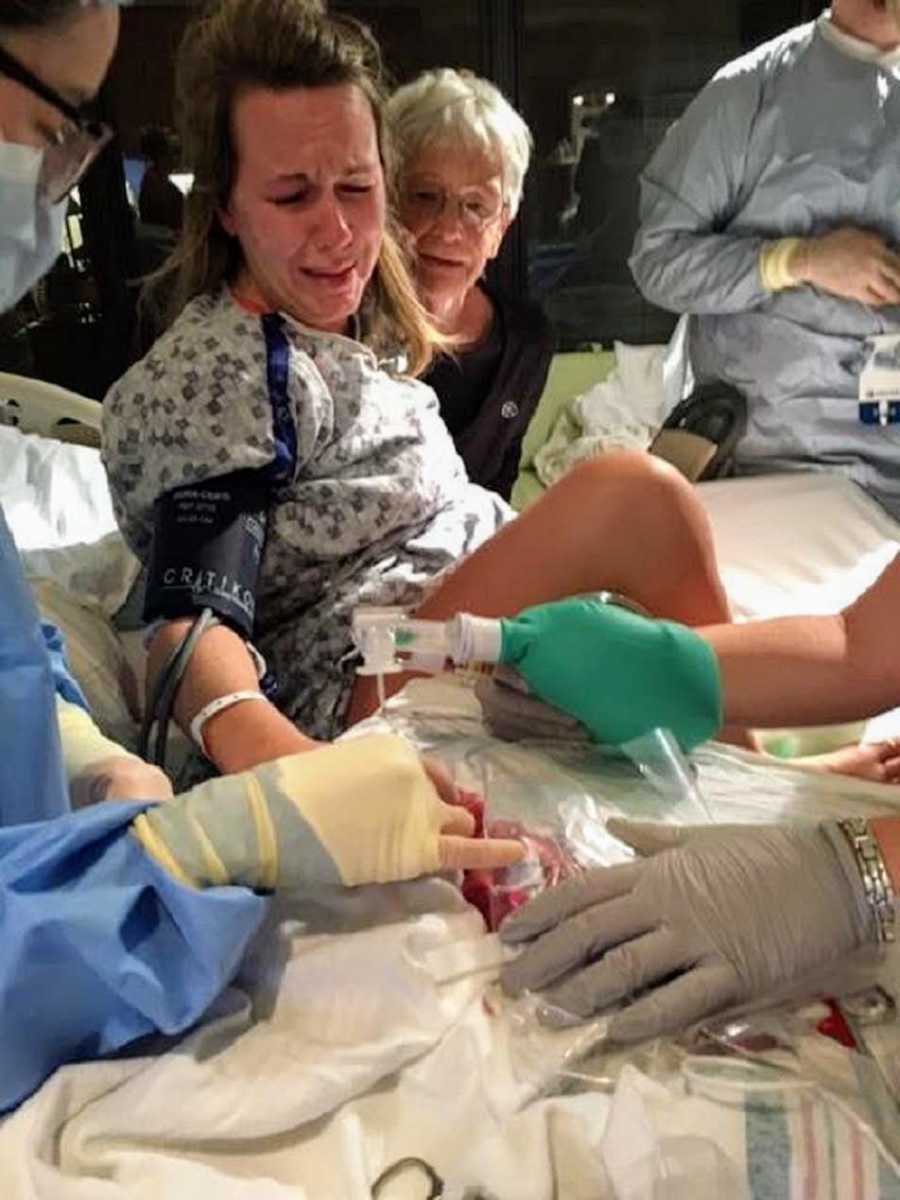
Minutes prior to birth, and even though I could feel my twins moving inside my belly, I was told, ‘The girls will most likely be stillborns.’ We were was terrified. I’ll never forget the fear I felt, but the overwhelming need to be strong to deliver the girls and ‘deal’ immediately following.
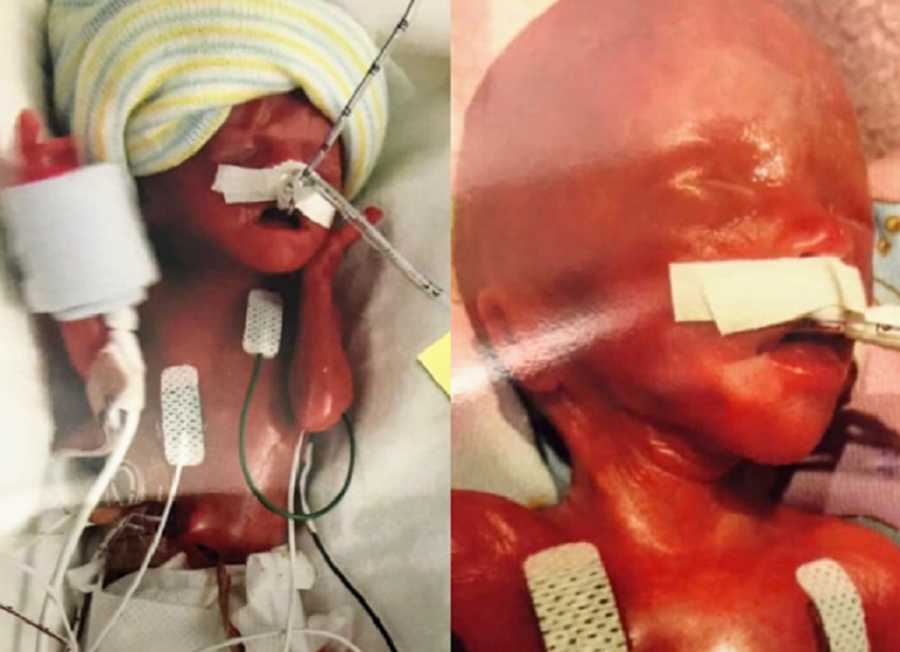

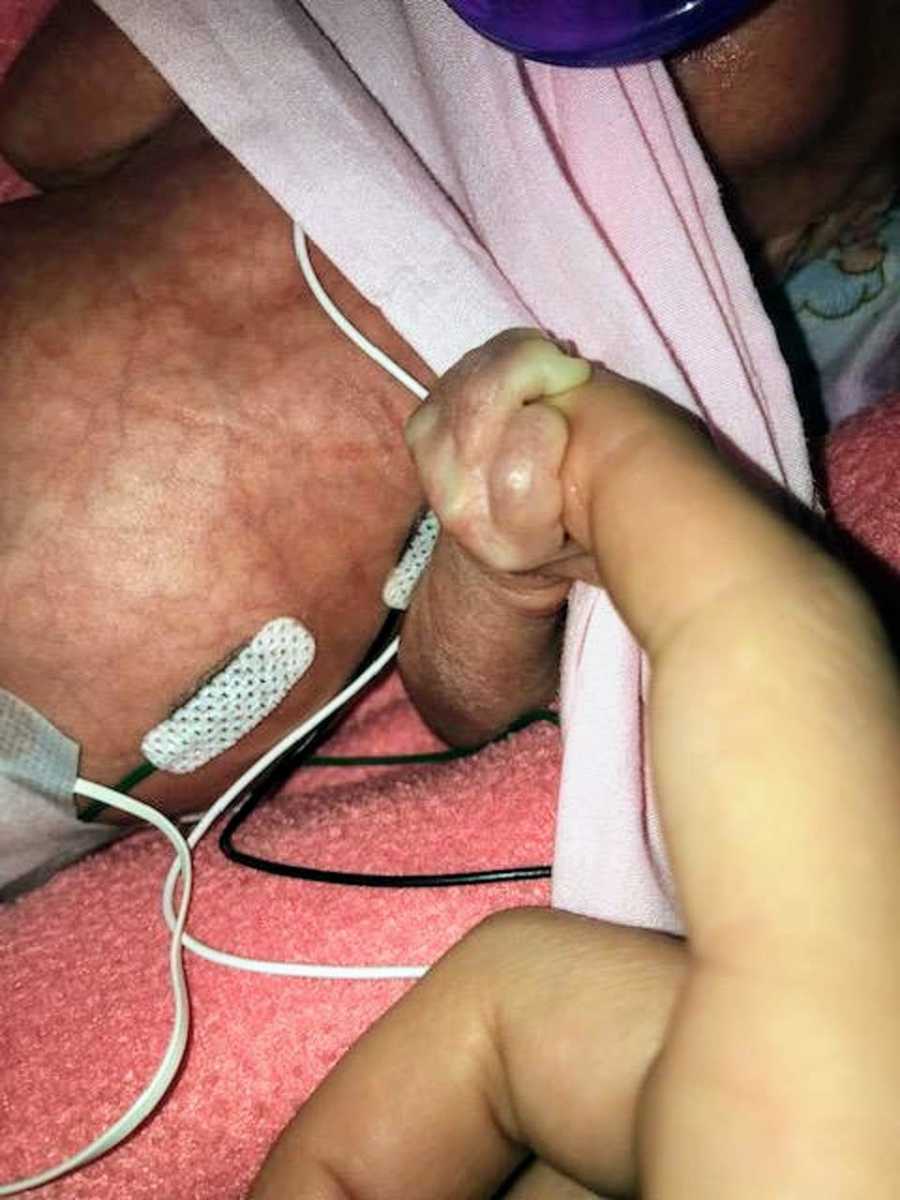
As the girls were admitted into the NICU, their odds immediately went up. They survived the first few minutes. Then the first few hours. Then the first 72 hours. Their odds of surviving continued to increase. By the end of the first week, the girls were given a 65% chance. Each day, they kept pushing through. Days would turn into months. Against all odds, they kept growing bigger and bigger. Healthier.
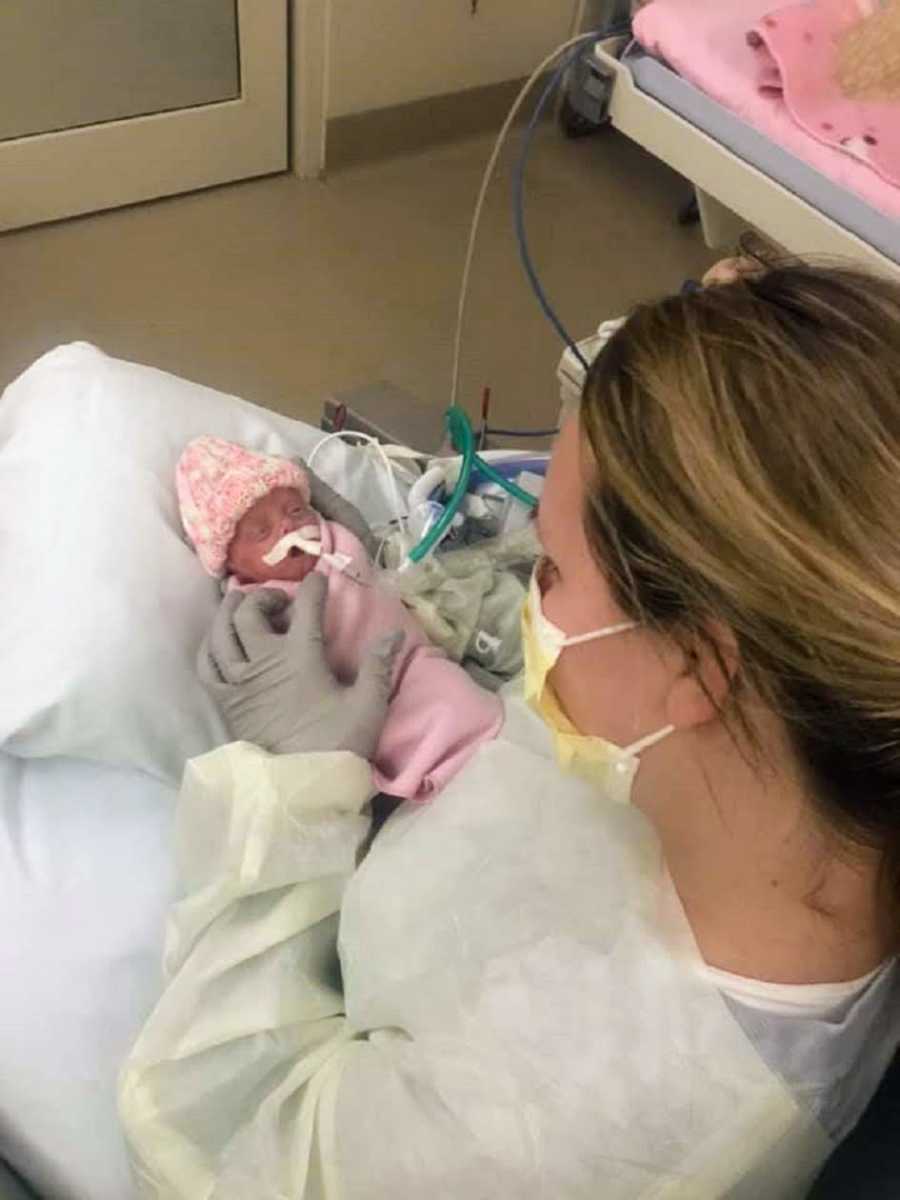
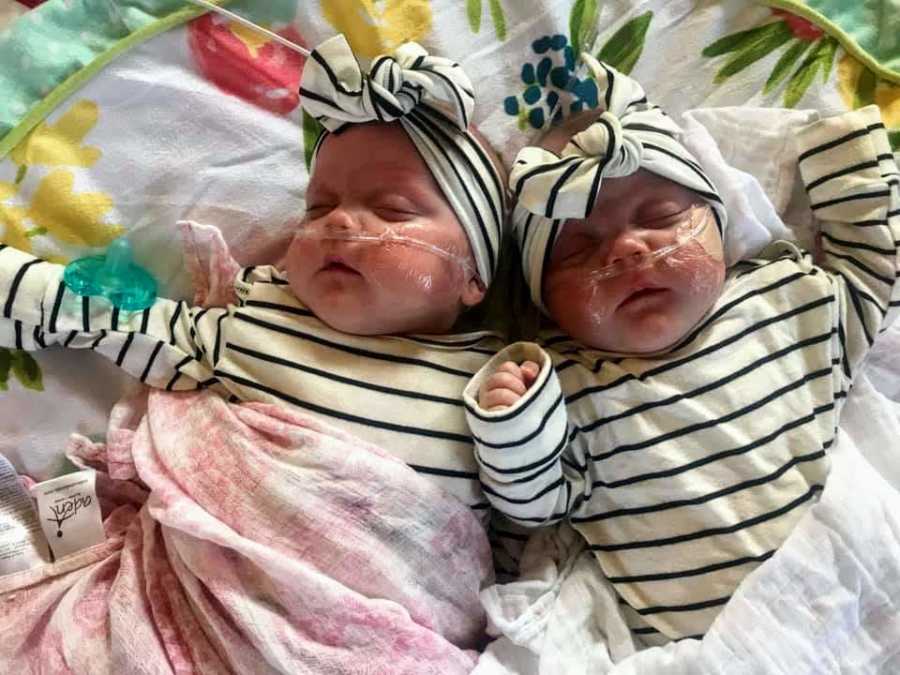
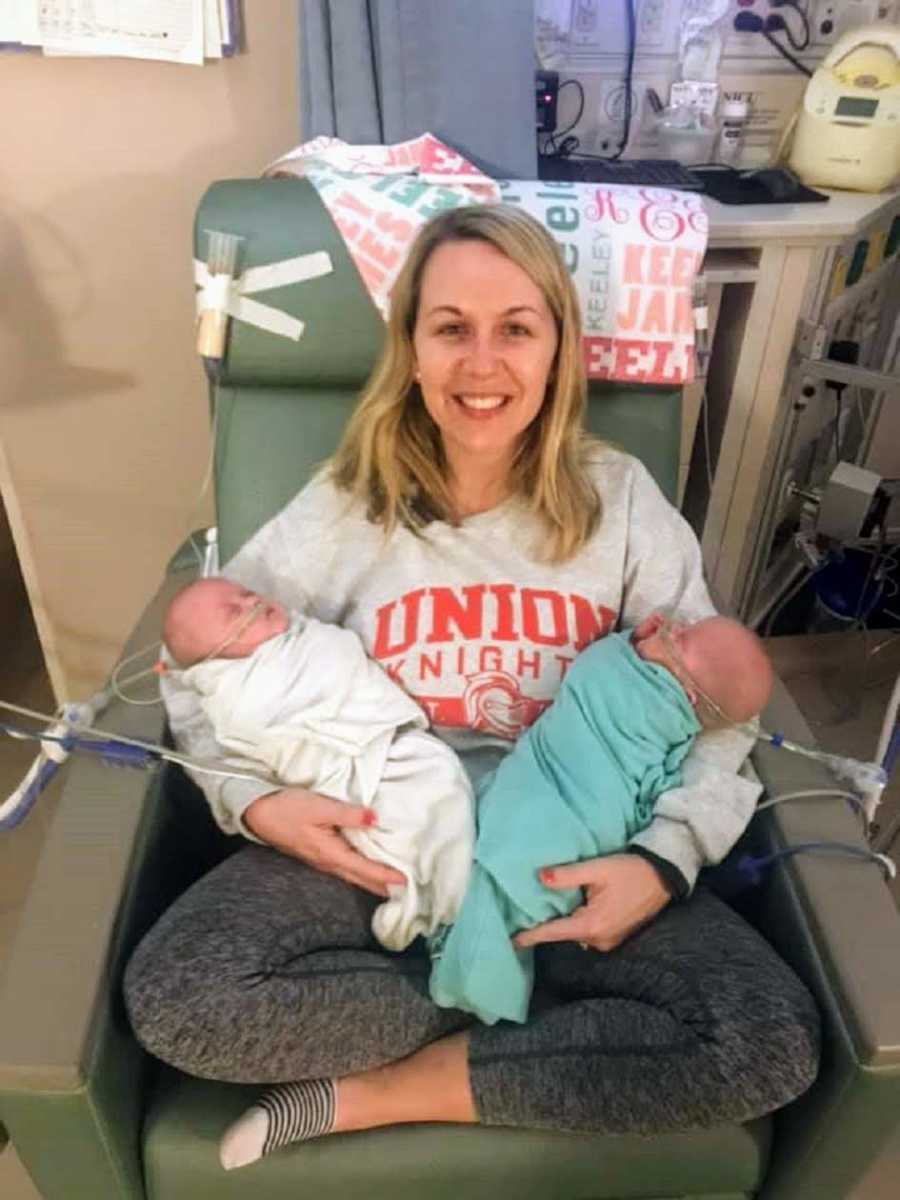
Kambry (Donor twin and twin B) came home after 138 days and Keeley (Recipient twin and twin A) came home after 144 days. The girls have had what their medical team calls a textbook recovery. They had no major setbacks and sailed through their NICU journey very well.
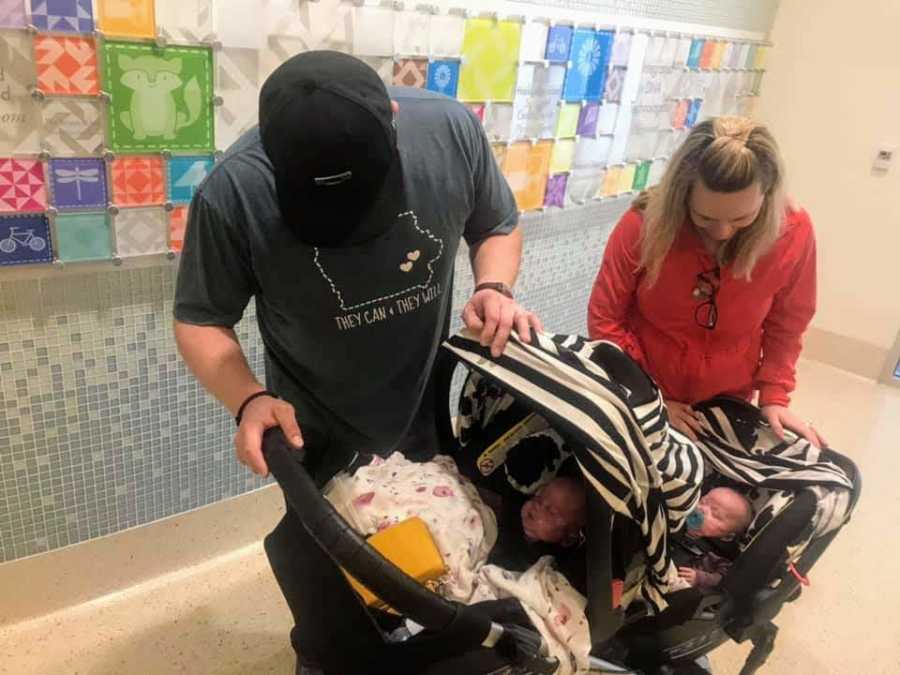

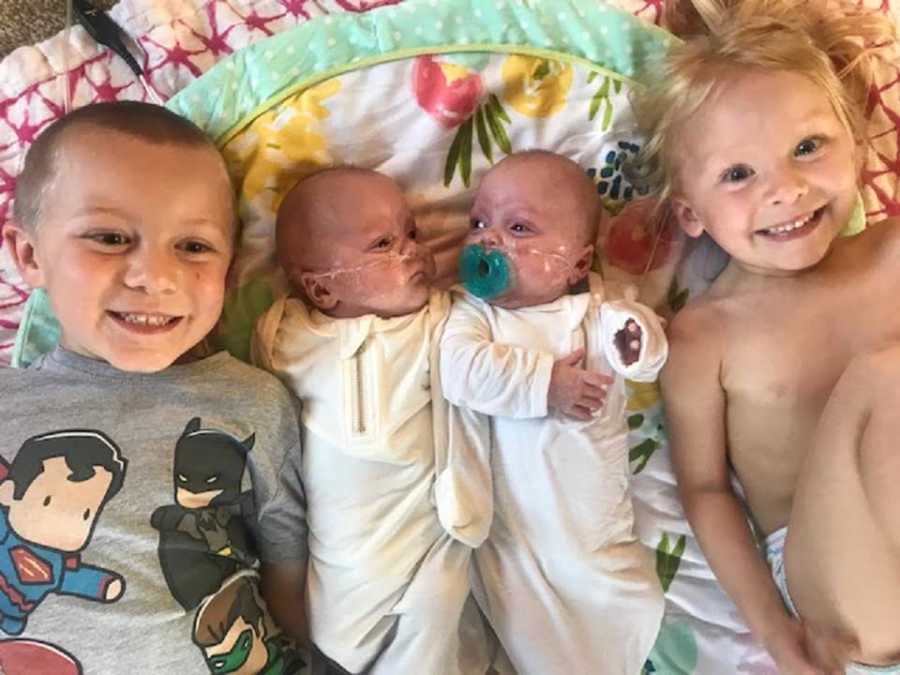
This journey has been nothing short of a nightmare. A raw, intense, excruciating, traumatic, nightmare. We couldn’t have done it without our amazing nurses in the NICU.
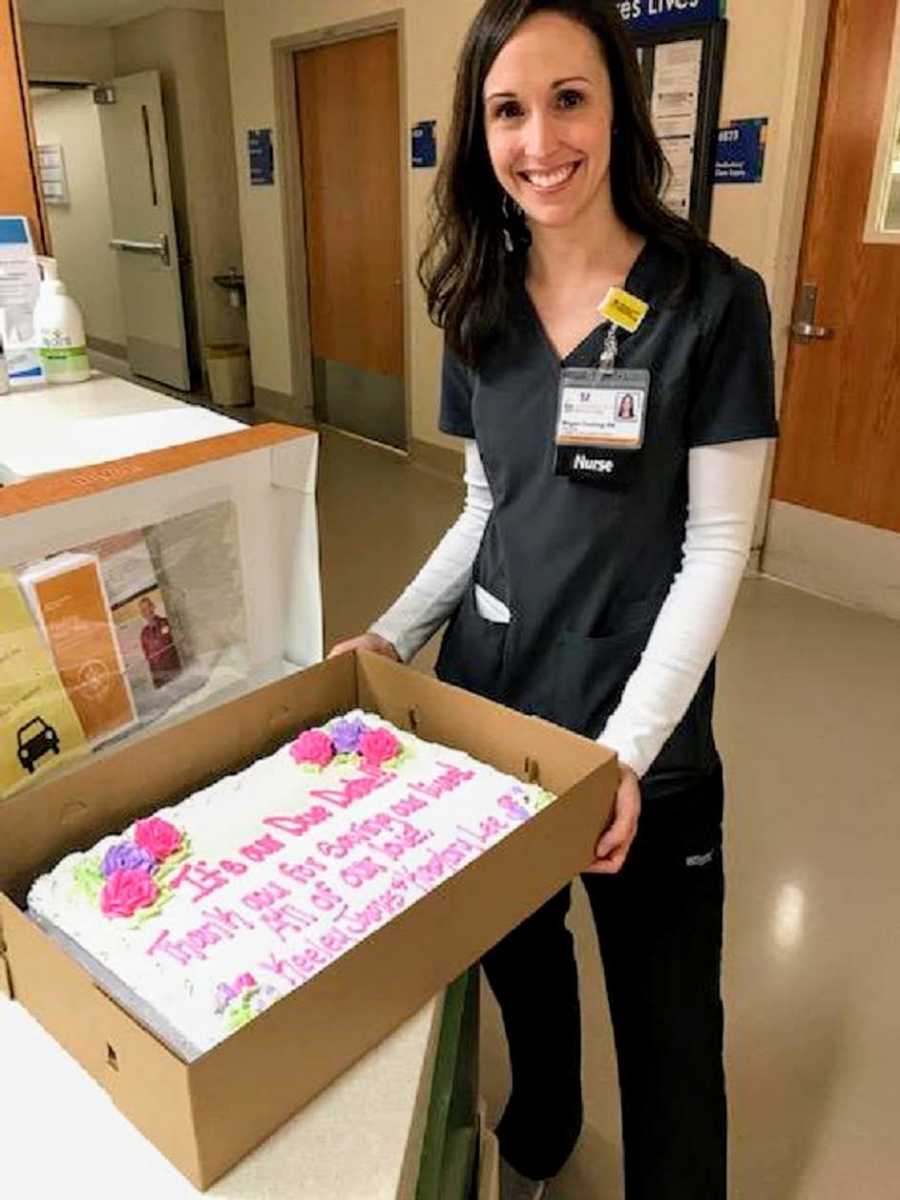
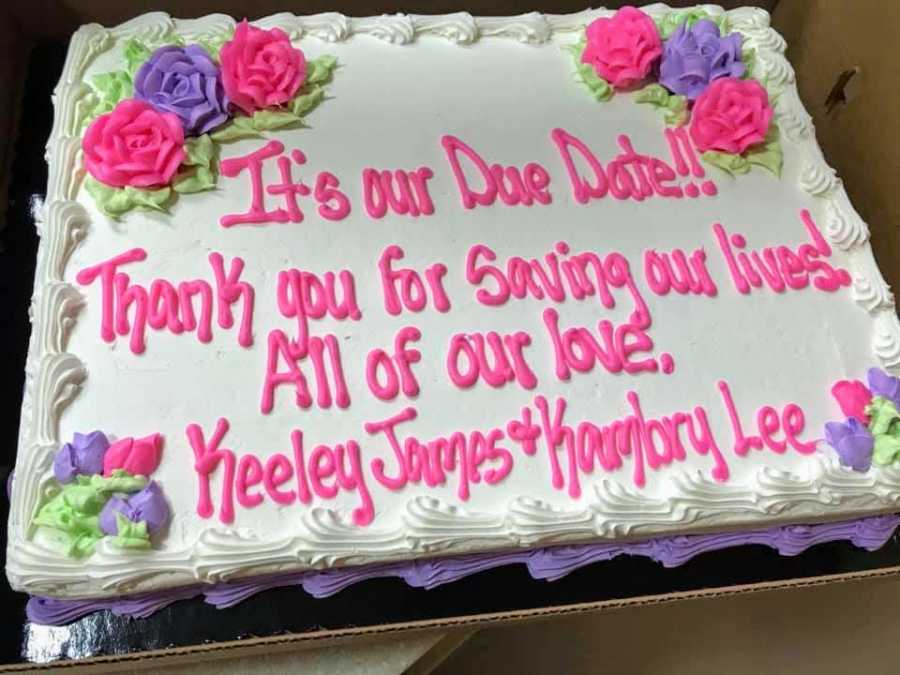
We are taking everything day by day. The girls came home with 4 different medications for their BPD and Chronic Lung Disease, along with 1.5 liters of oxygen each. We are living very isolated so we can do all we can to ensure their survival. The smallest of colds could kill the girls.
It’s very difficult to explain how life at home for those who don’t understand. There’s just no way to completely paint the picture. No one understands exactly, and we pray no one ever has to. We pray all babies get the opportunity to be born at full term or even later term. There are so many leaps and bounds the girls have had to make to get where we are, which is why we have completely uprooted our lives and stuck to our guns on protecting their health with our every move.
We are looking forward to more and more memories with the girls. And though we are under isolation and are home bound as a family, we are enjoying seeing them grow and just be at home all together. The girls love listening to us and their older siblings. They love cuddles and we really have spoiled them with being held as much as possible.
Our hopes and dreams for Keeley and Kambry are the same as our older children’s. We hope for our kids to have a full, happy, healthy life no matter what diagnosis. No matter what comes their way. We hope they always stay true to themselves, act with courage and kindness, and know that sometimes being strong also means being vulnerable and open to change. We will stand by them and love them at all times. They are our Warrior Princesses.”
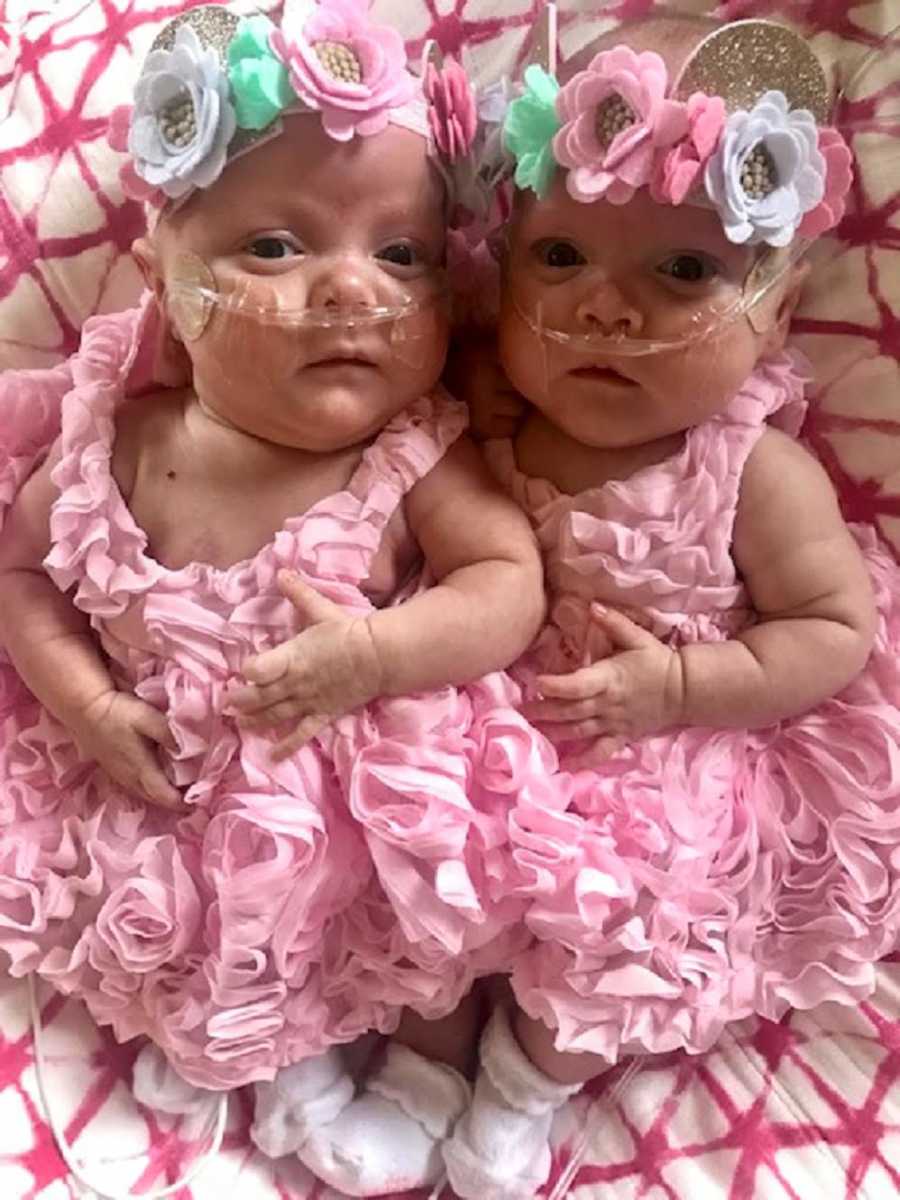
This story was submitted to Love What Matters by Jade Ewoldt. Submit your own story here and be sure to subscribe to our free email newsletter for our best stories.
Provide hope for someone struggling. SHARE this story on Facebook with family and friends.

